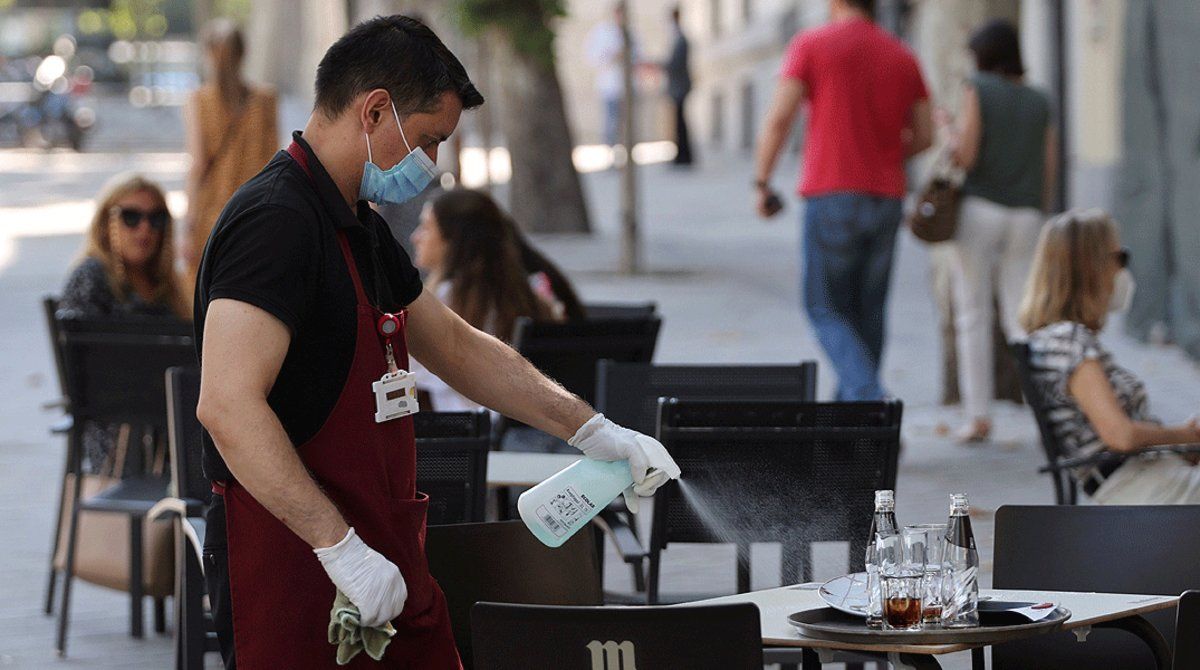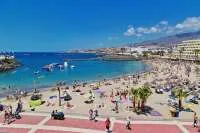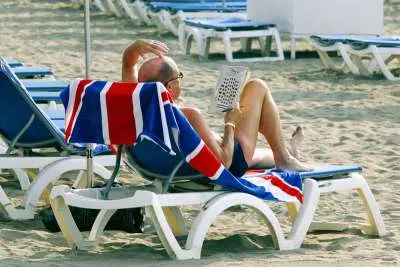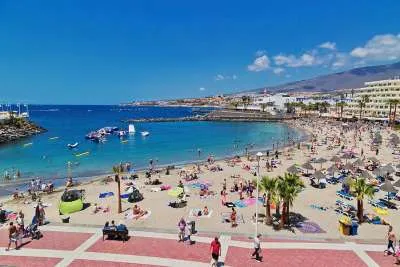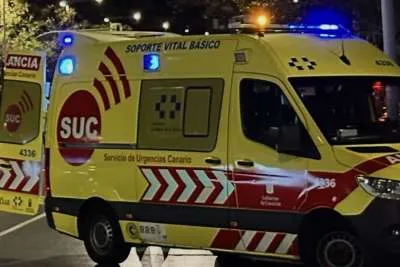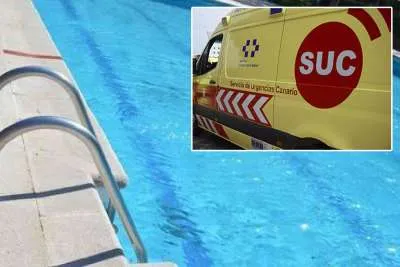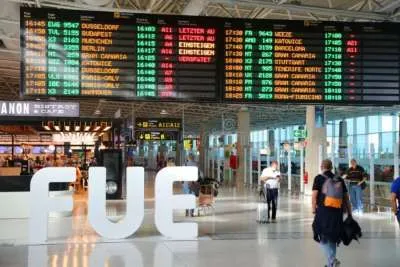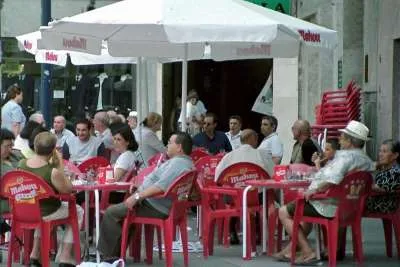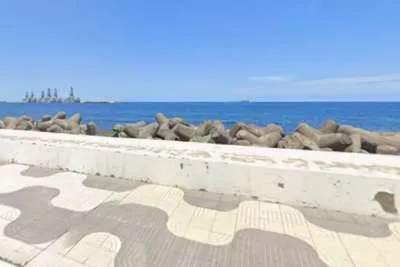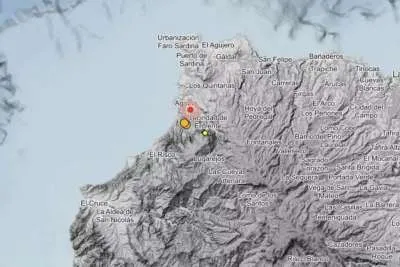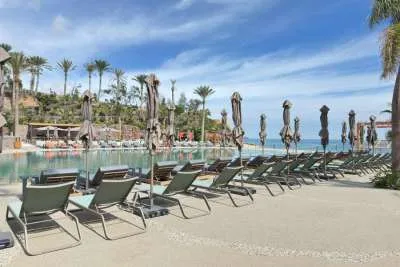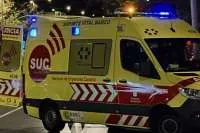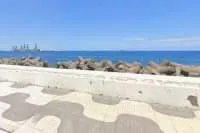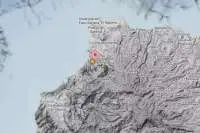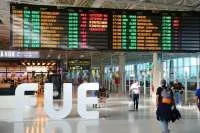Tenerife, Gran Canaria, and Fuerteventura all at Level 3, here are the restrictions
- 17-12-2021
- National
- Canarian Weekly
Yesterday afternoon (Thursday), the vice president of the Canary Islands Government, Antonio Olivera, reported of the changes in the alert level due to COVID-19 for Tenerife and Gran Canaria, which both go to Level 3, and La Palma, which will enter Level 2. These changes will take effect tonight at midnight, meaning that from 00:00H tomorrow, Saturday, Tenerife, Gran Canaria, and Fuerteventura are in Level 3 with the following updated restrictions.
The maximum number of people allowed to meet in a group in public, private, at home, or sit together in a bar or restaurant is 6 (excluding cohabitants).
The closure of premises is set at 2.00am and the capacity is reduced to 50% outdoors and 33% indoors, except in hospitality, where they can use 75% and 40% respectively. This means that, for example, hospitality has a bigger capacity than shops or commercial centres.
The postponement of mass events and public shows is advised, or they can be held if they obtain direct authorization with a maximum of 1,000 people, and parties and celebrations are not permitted.
Live performances by singers, bands, and orchestras, are only allowed inside if they take place within a designated performance space or stage, with 2 metres between performers, and at least 2 metres to the closest audience members.
Beaches are only allowed 50% capacity, swimming pools 33%, and spas, Jacuzzis, and saunas must be closed.
All the above must observe the relevant rules of wearing masks, social distancing, spacing of tables and chairs, and have hand gels for public use.
Public transport remains at 100% capacity because the Ministry of Health say it is not a place considered to be the source of infections, as transport is well ventilated and masks are worn.
However, they remind that adequate ventilation and air renewal of vehicles must be guaranteed, as well as the rest of the general measures for the prevention and control of the transmission of the coronavirus and the specific measures established for terrestrial public transport passengers.
Incidence rates have increased by 43% in 7 days:
The 7-day incidence rate in the Canary Islands has increased by 43.8% in just a week, so that, from a weekly average of 115.60 cases per 100,000 inhabitants last week, it went to 166.20 cases this week. The highest rise is observed on Tenerife.
Most of the islands are still at a medium risk level, except for Tenerife and Gran Canaria, which are at a high risk level, and Fuerteventura at a very high risk level. The IA7 in people over 65 is at high risk in Gran Canaria and Tenerife; very high in Fuerteventura; at medium risk in Lanzarote, La Palma and La Gomera, and in controlled circulation in El Hierro.
The 14-day increasesrate increases, to a greater or lesser extent, in all the islands and remains at medium risk, except Fuerteventura which is at a very high risk level, and El Hierro, which is in controlled circulation.
Healthcare indicators:
The number of ICU beds occupied by COVID-19 patients maintains the upward trend that began four weeks ago, increasing by 26.1% compared to the evaluation last week. In the Canary Islands as a whole, it has gone from an average of 46 ICU beds occupied two weeks ago to 58 in the last week, with an occupancy percentage of 11.6% and medium risk. Tenerife, Gran Canaria and Fuerteventura are at medium risk level, La Palma at low risk, and Lanzarote, La Gomera and El Hierro, in controlled circulation.
56.9% of the people admitted to critical care units diagnosed during the last 30 days have not been fully vaccinated. 65.3% of the people admitted for COVID, and diagnosed in the last 30 days, had no previous pathologies. This percentage increases in unvaccinated patients, in whom 77.5% had no other known pathologies.
In the last 30 days there have been twice as many unvaccinated people admitted to ICU than among those vaccinated.
The daily average of conventional hospital beds occupied during the last week by COVID-19 patients increased by 13% compared to the previous evaluation, with an average of 261 beds occupied. In most of the islands, the percentage of occupation is at a low risk level, except in Gran Canaria, which is at medium risk, and Lanzarote and El Hierro, which are at very low risk.
Other articles that may interest you...
Trending
Most Read Articles
Featured Videos
A Vision of Elvis Tenerife Promo
- 10-05-2025
Tenerife Travel Guide
- 13-12-2024
Live webcam from Lanzarote airport
- 13-12-2024


